When Robert Rawlings left for Sumatra in 1890 to work for the Royal Dutch Petroleum Company, he was already an experienced driller and manager, skills which would be necessary in the remote jungles of South East Asia. In his letters home, he appears to get along well with the other men on board ship and embraces the exoticness of the foreign lands. During his second contract, around 1897, Rawlings was in Sumatra around the same time as Edward Winnett who wrote about visiting Rawlings in his diary. It is interesting to compare the experiences of these two men. While Winnett was shocked by many of his new experiences and suffered from homesickness for much of his time abroad, Rawlings appeared to take an interest in his new surroundings. He quickly learned the Malay language and entertained his local workers by singing hymns.
From his detailed work notes, it seems that Rawlings was employed at the Moeara Enim field where the Canadian pole-tool drilling rig was successfully used. Rawlings composed a list of an "outfit of tools re[quired] for drilling rig" and included "2000ft [of] ash poles" on his list, indicating that they were using the Canadian method.
In 1901, Rawlings wrote to his mother to say that he had bought a Kodak camera. Many of the photographs that we have from the Rawlings collection focus not on drilling activities but on the people and the landscape of Sumatra and South East Asia. After a number of years, Rawlings began to find the oppressive heat of Sumatra exhausting. "At noon the year round it averages 90 degrees in the shade, and almost twice that in the sun," he commented to a journalist in Seattle on his way home. On his return journey, he travelled through Yokohama, Japan and across the Pacific Ocean so that when he returned home, he had travelled around the world. He collected information and mementoes from all parts of his trip abroad.



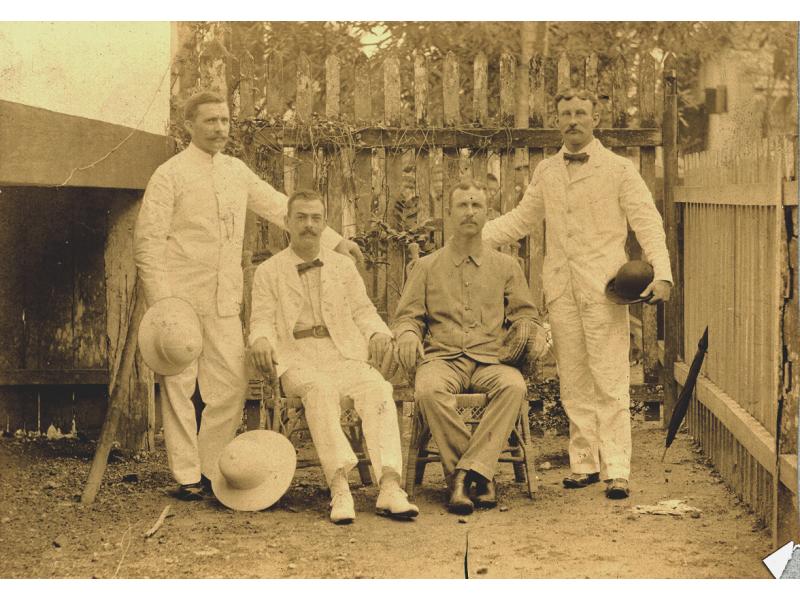 James Peat of Petrolia (left) and Robert Rawlings (seated, right) with two other men in Palembang, Sumatra.
James Peat of Petrolia (left) and Robert Rawlings (seated, right) with two other men in Palembang, Sumatra. 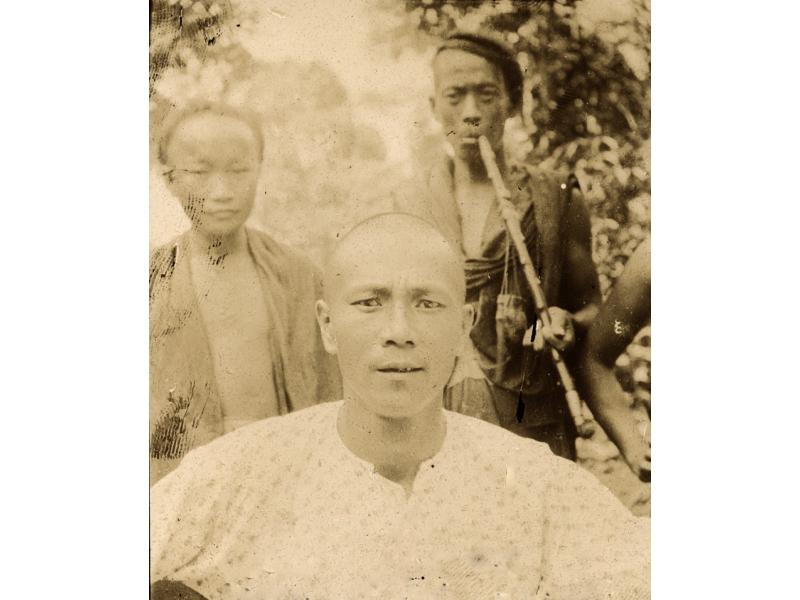 Robert Rawlings' cook is seen in the center, flanked by two labourers, one of whom is smoking an opium or tobacco pipe.
Robert Rawlings' cook is seen in the center, flanked by two labourers, one of whom is smoking an opium or tobacco pipe. 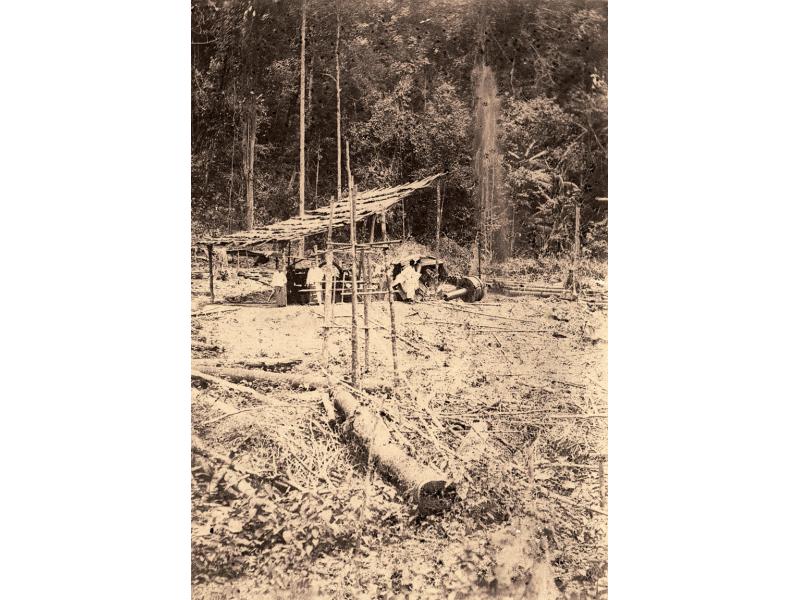 A flowing oil well in the Sumatran jungle.
A flowing oil well in the Sumatran jungle. 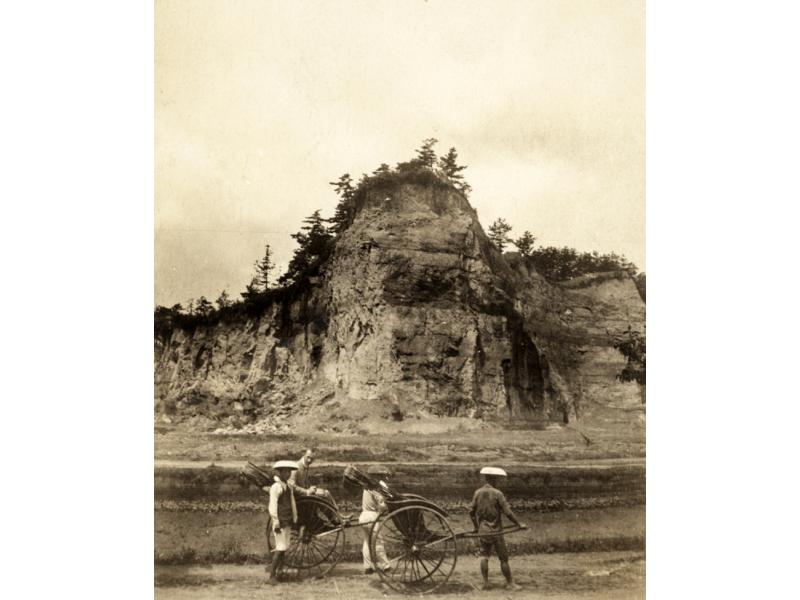 Robert Rawlings riding in a rickshaw outside Yokohama, Japan
Robert Rawlings riding in a rickshaw outside Yokohama, Japan  Five International Drillers at a hotel in Sumatra. From left to right: Mr Slack, Unknown, Ed Balls, Robert Rawlings, Mr Van Sickle.
Five International Drillers at a hotel in Sumatra. From left to right: Mr Slack, Unknown, Ed Balls, Robert Rawlings, Mr Van Sickle. 

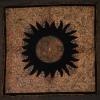



Add new comment